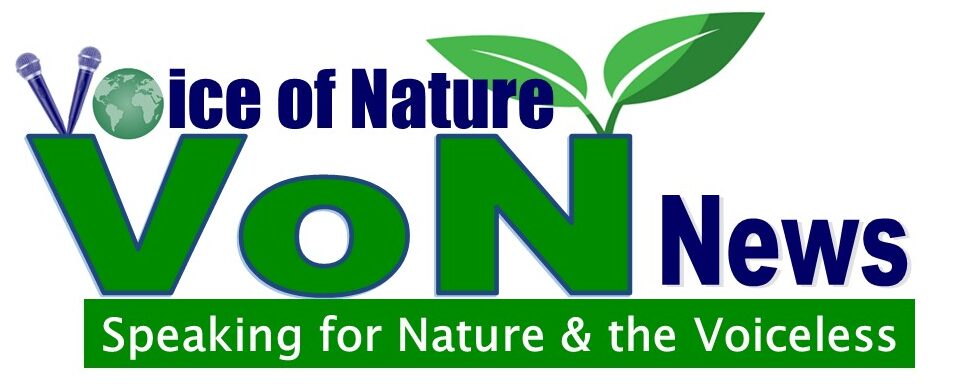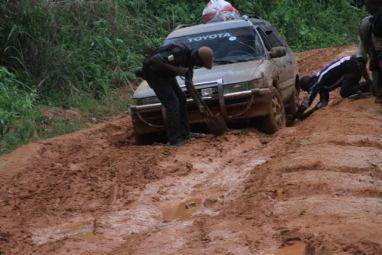
In Africa, Cameroon is described as ‘Africa in miniature’ as it encompasses a bit of everything within the African continent, from landscape and culture to climate and religion. Besides its over 275 ethnic groups with about 160 African languages, Christianity, Islam and African Religions, the country is obsessed with terrific scenery including the arid plains in the North; emblematic mountains in the South, Southwest, West, Northwest etc; biodiversity-rich national parks across the ten regions; exceptional rich cultures; gloriously unspoiled beaches and countless lakes.
With these spectacular features and exceptional contrast, one will expect Cameroon to be one of Africa’s hubs in term of international tourists’ arrival. Unfortunately, that is not the case. While African countries like Morocco and South Africa, boast of over 10 million visitors annually, receiving 1 million tourists in Cameroon per year remains a dream.
This is no accident! There are a number of maggots that have eaten deep into the country’s tourism sector, which must be removed and detached soon.
Infrastructural development remains a great nightmare to the advancement of Cameroon’s tourism. Movement of tourists to any destination is either carried out by air, land or sea, but all of these channels of transportation in the country still leave much to be desired.
The 2016 World Tourism Day was observed under the team: Tourism for all, Promoting Universal Accessibility. However, movement by air in Cameroon is more or less still restricted to the North, Centre and Littoral Regions, unlike neighboring Nigeria where all States are linked by air.
This is not supposed to be the case! If Cameroon must promote tourism and achieve its goal of 1 million tourists by 2020 as well as encourage internal tourism, all regions with great touristic potentials must be linked by air. It means hitherto abandoned airports like that of Bamenda, Bafoussam and Tiko must be revived and new ones opened in other regions.
Also, access to touristic sites remains really frustrating, especially in the rainy season. Though efforts have been made to connect all 10 regions with a tarred road, most of the so-called tarred roads are punctuated with pod holes. Even at that, most of the tourist sites are found in rural areas which becomes mud paths in the rainy season. In the heart of the rainy season, places like the Tofala Hill Wildlife Sanctuary and Kagwene Gorilla Sanctuary with the endemic and critically endangered Cross River Gorilla, for instance, becomes virtually difficult to access.
Another maggot, which has become even more dangerous to Cameroon’s tourism sector than infrastructural development is the rude, corrupt and obstreperous attitude of some police and military persons on the way. Most of them transcend the mare carrying out of security checks to using intimidating tactics to extort bribes. This becomes worst when they discover that you are a tourist, who is rich and naïve. Such attitudes shy away tourists and prospective tourists from Cameroon to countries where they can receive a much better treatment.
Inhospitality and unilingual nature of service providers within the tourism sector is another stumbling block to Cameroon’s tourism sector. The first stop of any tourist getting into the Country is the Hotel and any impression given to that tourist is very hard to erase. Most hotel receptionists, especially those in state owned hotels are only not bilingual but disruptive, after all, they will still earn a salary at the end of the month irrespective of what happens. These, besides insecurity induced by the Boko Haram insurgent in the North and ongoing strikes in the two Anglophone regions of the country amongst others h,ave greatly suffocated Cameroon’s tourism sector depriving the country of the necessary socio-economic and financial benefits that go with the coming of tourists.
The government therefore needs to consider increasing investments in the tourism sector and marketing to a wider range of potential customers. The organisation of capacity building workshops for all structures, which directly or indirectly relate with tourists like hotels, the police, tourism organisations and others will be another panacea for some of the obstinate maggots destroying this lucrative sector. Meanwhile, measures should be put in place to ensure maximum security in around touristic sites and hotels in the country. If these and other more stringent measures are put in place to dig out the maggots, then Cameroon will by 2020 transcend her 1 million target of tourists coming in to the country.







